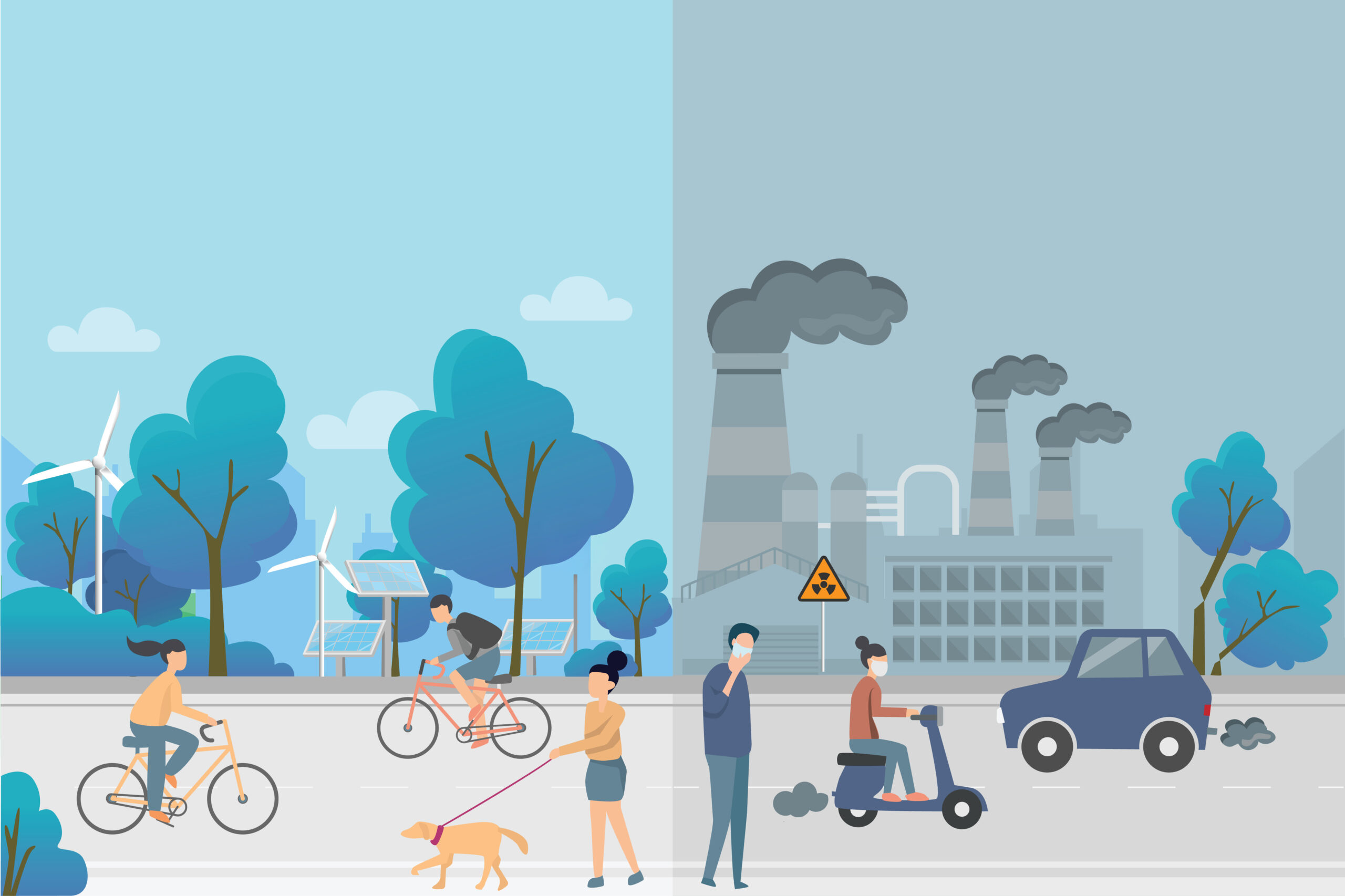Many organizations are taking actions to shrink their carbon footprint, such as purchasing electricity from renewable sources or reducing air travel.
Both actions would cut greenhouse gas emissions, but which offers…

Many organizations are taking actions to shrink their carbon footprint, such as purchasing electricity from renewable sources or reducing air travel.
Both actions would cut greenhouse gas emissions, but which offers…

A Danish nationwide study shows that people with type 1 and type 2 diabetes face much higher rates of sudden cardiac death and lose years of life as a result, highlighting the urgent need to identify and protect those at greatest…

A shoebox-sized optical device reads glucose directly through the skin in seconds, offering a promising step toward truly noninvasive, point-of-care glucose monitoring.
Pipeline for the development of compact BRS-based CGM. (a)…

A nationwide analysis of prescription data reveals that young Australians are staying on antidepressants for longer than ever, highlighting growing gaps between clinical guidelines and real-world practice.
Increasing Prevalence of…

Patients undergoing treatment for lymphoma often experience adverse side effects that can be so severe that they stop or slow treatment. But a new study shows that a virtual program focusing on diet and exercise is a feasible…

December 8, 2025
SINGAPORE – She was only 12 when she was diagnosed with familial adenomatous polyposis (FAP), an inherited condition that causes hundreds or thousands of polyps to form in the colon and rectum.
And when she turned 15, homemaker…

If you thought winter only messes with your mood, dry skin and social life, think again as it may also be quietly influencing male fertility. Not because…

By directly measuring vitamin C inside human skin, researchers show that diet can boost skin vitamin C content and influence skin structure, while also revealing clear limits to its effects on collagen formation and UV protection.
Continue Reading
![[Exclusive] Singapore looks to add hereditary cancers, kidney diseases in expanded genetic testing](https://afnnews.qaasid.com/wp-content/uploads/2025/12/1763115282444.jpeg)
…